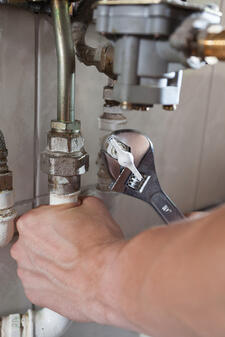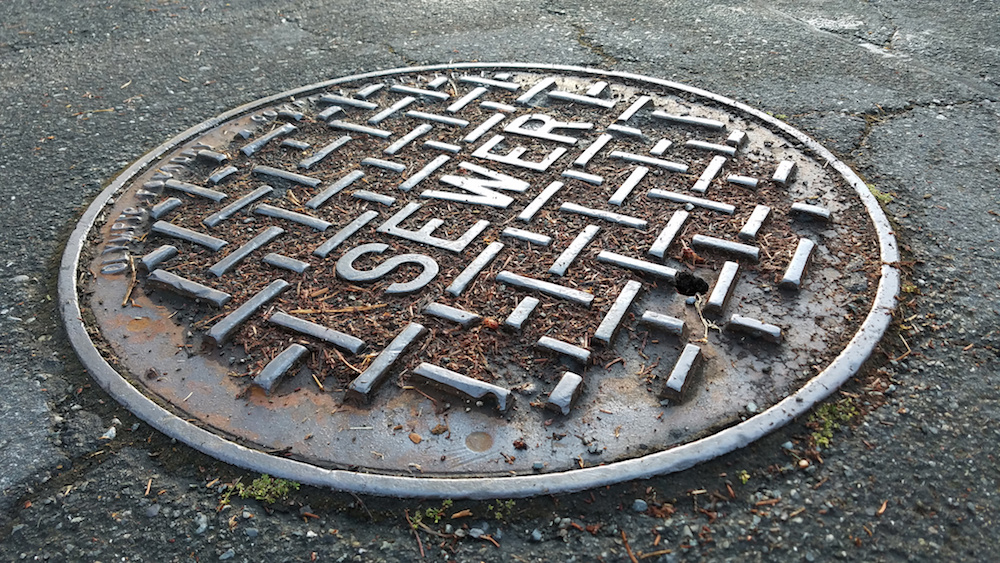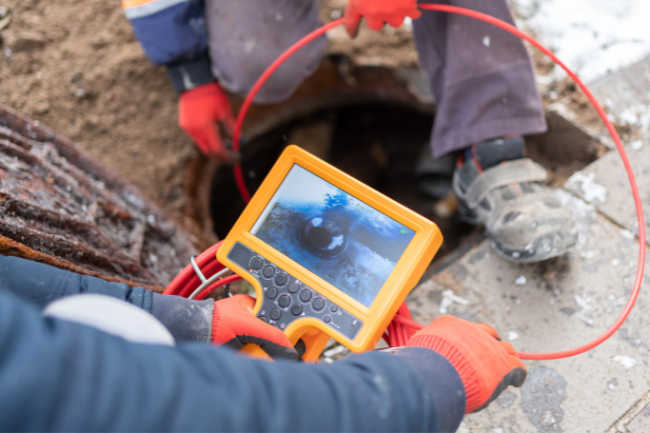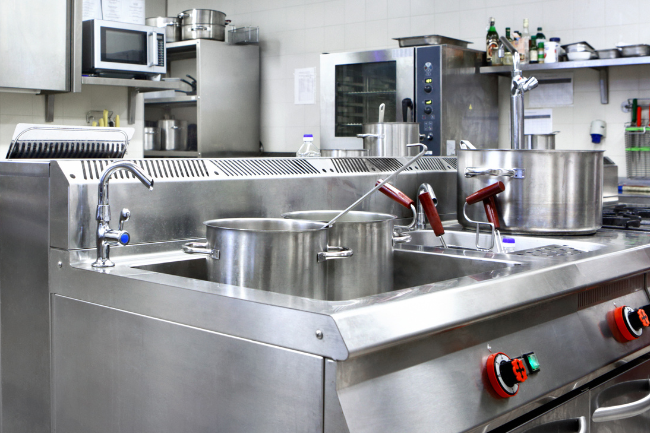6 Clear Signs of Clogged Drain Pipes or Imminent Pipe Failure
Posted by William Heinselman on
 Responding to a home pipe failure or persistent, stubborn drain clogging is rarely an easy matter. With all the repair options, various expenses and labor that may come into the mix, homeowners (and even city planners, dealing with faltering municipal sewer lines) will often find themselves wondering if there are ways to avoid pipe failure altogether.
Responding to a home pipe failure or persistent, stubborn drain clogging is rarely an easy matter. With all the repair options, various expenses and labor that may come into the mix, homeowners (and even city planners, dealing with faltering municipal sewer lines) will often find themselves wondering if there are ways to avoid pipe failure altogether.
While innovative trenchless technologies and cured-in-place pipe methods can resolve most home pipe disasters with ease, wouldn’t it be easier to avoid disasters outright, and resolve pipe problems before they can develop any further?
This is where a little self-inspection knowledge and keen eye can go a long way. In most cases, broken pipe problems don’t spring up out of nowhere; there are ways to tell if your pipes face imminent failure, which allow faster response and prevention when dealing with home/municipal drains and pipe lines.
1.) Changes in Water Pressure and Water Flow
Perhaps the most immediately telling sign of imminent pipe failure or clogging is fluctuations in home water pressure, or decreases in water flow. These are indicative of cracking or breakage along a water line (as portions of water are escaping through pipe openings), or of particularly troublesome clogs, which inhibit flow through blockage.
If you notice any changes in the physical amount of water your home’s fixtures produce, or the speed/force with which it flows, there’s a good chance your pipes are clogged or breaking at some point in your home.
From here, you may want to investigate further inspection steps or contact a pipe repair specialist in your area, who can help you repair pipes before the problems worsen beyond control.
2.) Frequent Material Debris from Water Fixtures
Sometimes, changes in water flow or pressure will not be obvious or even noticeable, as they may occur slowly over time. Rather, you should keep an eye out for material debris, such as gunk or grime matter, coming from water fixtures when you turn them on; these are clear signs of severe clogging within your home’s pipes.
These clogs typically develop from poor drain care or waste disposal, often when homeowners flush hazardous or non-processable goods through their drain and garbage disposal units. To limit clogging outright, avoid running the following through your disposal or sink drains:
- Cooking oils and various fats
- Grease
- Any animal bone materials or fragments, including cartilage
- Particularly fibrous, stringy or starchy food products
- Vegetable, fruit and animal skins
- Trash, plastic wrappers and paper products
3.) Dampness/Wet Spots Within or Outside the Home
When dealing with clogged drain pipes or imminent pipe failure, you may be able to better diagnose the problem or localize problem areas by identifying damp spots inside or outside of your home.
If you suspect your home drain pipes or water lines are beginning to fail, take note of any wet spots in walls, floors or ceilings, as well as on your lawn.
4.) Irregular Lawn Features, Such as Odors or Lush Grass Pockets
Now that we’re on the topic of lawn irregularities, there are a number of other pipe failure indicators you can often find on your property and yard. When a subterranean pipe collapses, and releases large volumes of water into the soil beneath your lawn, it can have direct, adverse affects on your property, including:
- Puddling, flooding or other water concentrations
- Overly lush grass pockets, which develop when contained areas are exposed t large volumes of water
- Foul odors, especially when coming from drain entrances and irrigation
5.) An Inexplicably High Water Bill
For those who take a quantitative, “numbers” approach to maintaining their home, fluctuations and irregular spikes in a water bill can be the most reliable indicator of clogged drain pipes or leakage.
This is due to huge amounts of wasted water that escapes through pipe breaks and leaky joints over time. Steady water loss through failing, vulnerable pipes is accounted for clearly on water bills, and should be treated as a reliable sign of imminent pipe failure for home and municipal systems alike.
6.) Poor Maintenance Techniques
Of course, one of the most telling signs of imminent pipe failure or water clogging is your own previous maintenance and use behaviors. Even if you do not notice any of the above indicators with regard to your home pipe systems, if you treat your plumbing and drains carelessly, you put yourself at unnecessary, higher risk for pipe failure.
For instance, one of the worst things you can do to your home drains is use chemical cleaning products gratuitously when eliminating clogs. While these products can break apart debris material and food products, they can also chemically corrode and destroy your inner pipe walls, resulting in full plumbing failure when done continuously.
For the best practices in pipe maintenance, detecting imminent system failure and handling stubborn clogs, contact a pipe repair specialist in your area today.
Topics: Commercial Plumbing, Home Plumbing, Drain Cleaning and Repair






